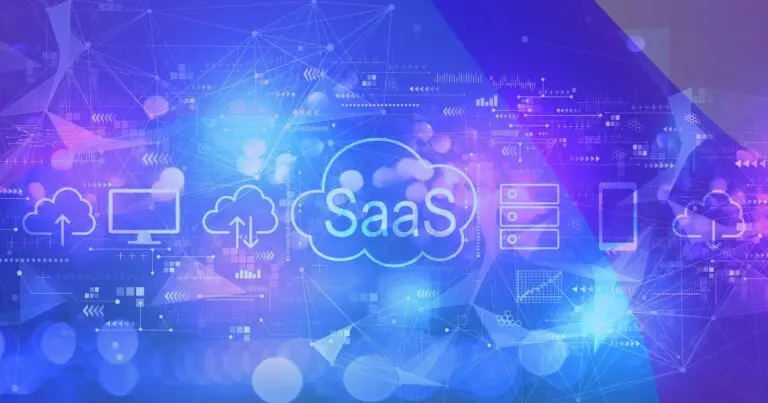The flourishing software as a service (SaaS) sector comes with its own set of challenges and opportunities. The range of possible business models is quickly growing, and the resulting shifts are affecting the priorities at a higher level. As a result, the dynamic nature of SaaS has resulted in the development of two distinct approaches, which are referred to as vertical and horizontal SaaS respectively.
But, what is the difference between the two?
And how does each of these wings operate in terms of the software solutions? According to a recent press release, it is anticipated that the revenue generated by the SaaS industry would increase to around $208 billion by the year 2023.
And as of right now, each one of us has had at least some exposure to SaaS in some kind.
The name Netflix is probably familiar to you as it is a household brand. It is the most common example of SaaS.
Read More About: The Main Differences in Software vs Program
What Is Software as a Service (SaaS)?
Software as a service, often known as SaaS, is a model for providing software applications to users over the internet in the form of a subscription service. You don’t have to bother with installation and maintenance software because you just access it over the internet, liberating you from the complexities of managing both software and hardware.
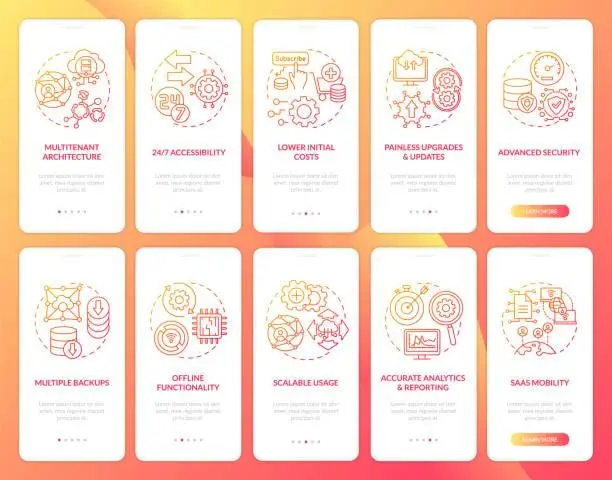
Software as a service applications can also be referred to as web-based software, that is available on demand, or hosted software. No matter what they are called, apps offered as a service are always operated on the servers of the service provider. The service provider is responsible for managing permissions, including aspects such as performance, availability, and safety.
You need to have a firm understanding of the distinctions between vertical and horizontal SaaS solutions in order to have a complete comprehension of the foundations underlying Software as a Service.
What are the key differences between vertical and horizontal software as a service? What distinguishes one from the other among these two? Do they use a distinct model for conducting business?
Let’s see the answers in the sections below:
Read also: Cloud Vs SaaS: The Main Difference Everyone Should Know
Vertical SaaS
Vertical SaaS caters solely to the requirements of a single sector of the economy. Within the SaaS industry, this subfield is one of the more recent ones to emerge. This is where established sellers direct their attention toward specific markets, sectors, or occupations. To put it more succinctly, it is an answer that encompasses all aspects of a certain line of business.

A vertical SaaS provider has a multifaceted perspective on the market. Nevertheless, it does not guarantee to cover a comprehensively extensive product range as a whole. However, where it really shines is in its ability to home in on certain industry subsets, known as verticals. Consequently, each of their solutions is developed with a particular market segment in mind from the beginning.
What Is an Enterprise Application?
Benefits of Vertical SaaS
Vertical SaaS have the following benefits:
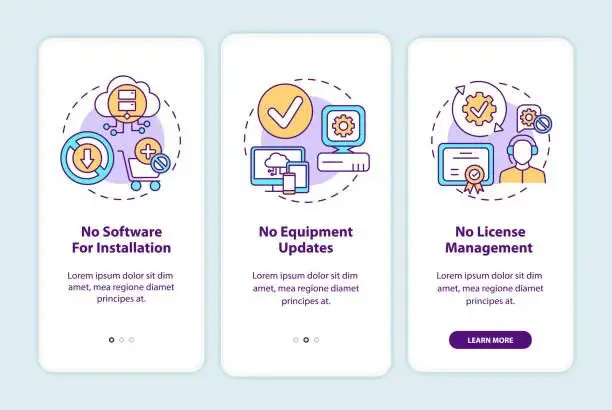
1- Industry-specific data can boost business growth
Vertical SaaS cloud-based software takes, saves, analyses, and collates brand data. Better consumer knowledge and reliable reports can help you make smart decisions.
Software that focuses just on Facebook marketing can tell you which material generates the most interaction and when to post.
2- Increased ROI
Growing businesses can’t afford assumptions. The more data the programme collects, the more it can solve. Product or service analytics let you identify customer acquisition friction spots and make adjustments.
Vertical SaaS gives you a greater view of the target audience, allowing you to satisfy clients’ demands. Higher conversion rates, lower client acquisition expenses, and more personal referrals ensue.
3- Improved Competition
Having reliable market data that rivals don’t have gives you an edge. You may design unique services to meet consumers’ present and future demands.
You’ll also get immediate input from industry professionals.
Read More About: 10 Key Stages of Mobile App Development Process
Horizontal SaaS
Contrary to popular belief, horizontal SaaS is designed to accommodate a diverse array of consumers. Instead of zeroing down on one particular subfield, it has its sights set on the vast majority of the overall image. People operating in numerous areas who have a wide variety of requirements and goals would profit from this.
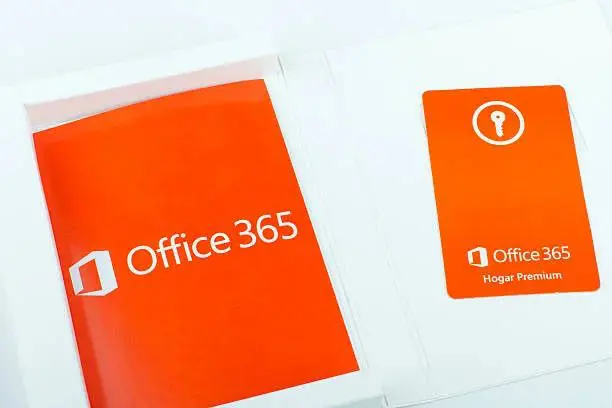
Thankfully, horizontal software as a service (SaaS) firms have been around in the market for years now. Its goal is to provide a more comprehensive range of customer service that is applicable across a variety of sectors. Because of their greater breadth, it is much simpler for them to be a sensible match for the diverse job requirements and commercial needs of a variety of industries.
Read also: A Detailed Guide to the Types of Software
Benefits of Horizontal SaaS
Horizontal SaaS model have following benefits:
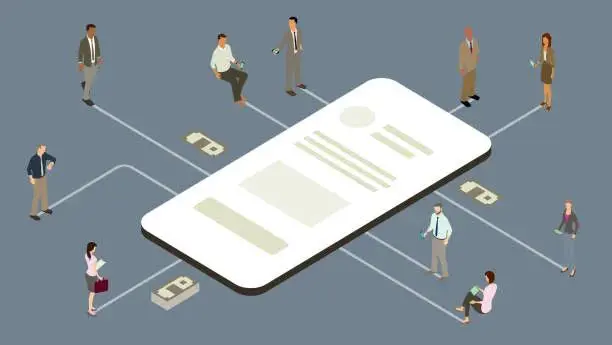
1- Opportunities for Expanding.
As a businessman, you must continually hunt for market gaps or possibilities. Horizontal SaaS helps you take advantage of possibilities before others, providing you a market edge. You can use Asana to manage VPN and marketing firms simultaneously, you may find insights to improve one or more services.
You may encounter a brand that doesn’t employ VPN when delivering digital marketing services. Using brand information, you can create personalized VPN bundles. Your association with the brand increases its likelihood of utilizing your VPN.
2- Cost Effective
Horizontal SaaS provides firms affordable growth alternatives. A digital marketing and VPN firm may utilize Asana to coordinate work in both departments.
Digital marketing and VPN services don’t require software investments. Executives may allocate and oversee department work on Asana.
3- Improved Collaborative Efforts
A company owner’s time is scarce and valuable. By investing in multipurpose software, you’ll improve team collaboration.
Managers will monitor various projects effortlessly and make data-driven choices. As your business expands, you may request extra features to fit your new demands and clients.
Read More About: How to Build a Customized Software for Your Business?
Vertical SaaS vs Horizontal SaaS
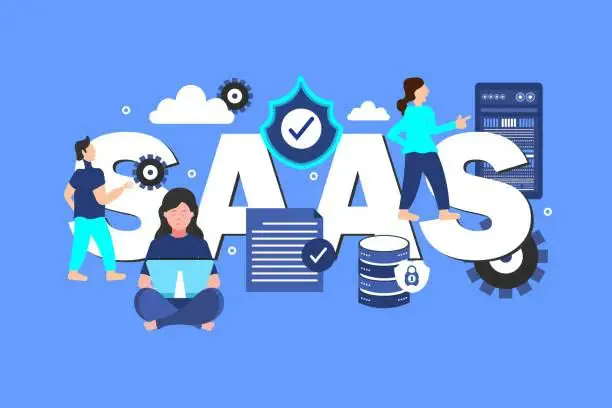
1) Going Digital
The most significant challenge that a vertical SaaS provider has in the modern day is going digital. To put it another way, they will need to get their leads moving in the right direction before they can finish their digital transformation. Meanwhile, the more difficult issue for the horizontal software as a service (SaaS) provider was to target the non-digitized hubs. They, too, were required to carve out non-digital and conventional sub-niches for their own enterprises.
2) Sales and Marketing
The horizontal software as a service (SaaS) ventures into the chapter of “sales and marketing” with the intention of enticing other verticals to use their platform. The next step for these sectors is to increase the number of leads that turn into loyal customers. On the other hand, vertical SaaS trends need only concentrate on a certain sector of the market.
3) The Whole Image of Successful Customer Service
The horizontal SaaS trends, on the other hand, have been present in the market for a significantly longer period of time, perhaps even a decade or more. Therefore, as a result of this, they have the leverage and maturity to learn more about the consumers. They have already done their part to raise awareness among the general public. And ultimately converting a customer into an advocate for the company’s customer success.
4) Acquisition Cost
Vertical software as a service often has a lower cost of acquisition than horizontal SaaS offerings because of their narrower target audiences. However, because horizontal SaaS categories depend on the entire company and market to a larger target audience, the costs are higher. And so is the total amount spent on the generation of leads overall.
5) Management and Scalability
Vertical Software as a Service (SaaS) offers the benefit of improved manageability owing to the decreased amount of aspects and operations. Vertical SaaS also offers the advantage of greater scalability. The utilization of a smaller outsourced team or even a small in-house squad can help reduce the number of frivolous and more significant problems. It’s different in the case of horizontal SaaS. A horizontal SaaS supplier works with a wide range of enterprises. Therefore, the scalability and manageability that are induced are significantly more than those that are produced by a vertical one.
Challenges of Vertical SaaS.
Following are the common challenges in vertical SaaS:
- Legacy Products Take Up the Majority of the Market
- Horizontal SaaS Users
- Small Lead Pool
- Too Specialized
1) Legacy Products Take Up the Majority of the Market.
Because the tech boom first neglected specific sectors for “larger markets,” one or two older solutions gained an overwhelming stronghold, establishing industry norms customers won’t leave even if they’re outmoded.
2) Horizontal SaaS Users
As a specialized platform serves a niche sector, you’ll always compete with regular SaaS platforms due to name familiarity and ubiquity. You may have the finest solution for your clients, but Zoom or HubSpot have more resources.
3) Small Lead Pool
Your specialty industry limits the size of your lead pool. What happens when you convert all leads to customers?
4) Too Specialized
You’re the greatest at a niche solution, but you risk cornering yourself.
Read also: What are Some Successful Examples of Customized Software?
Differences in Vertical & Horizontal SaaS
Let’s compare the two SaaS models’ pros and cons. Sales and marketing are their most-cited intersection.
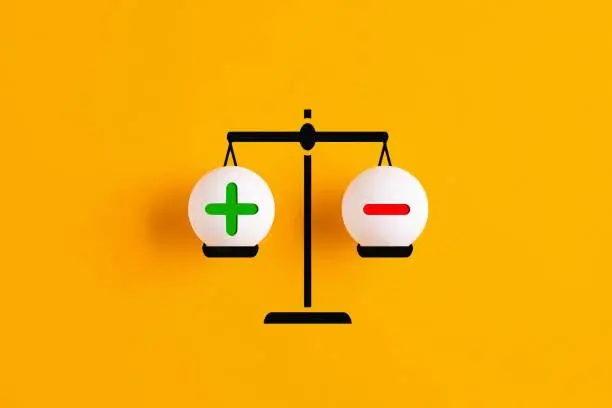
Vertical software only needs to target a certain cohort, while horizontal software emphasizes sales and marketing to engage multiple verticals. Establishing vertical leadership or expertise enhances lead conversion and upselling.
Horizontal market solutions appeal to a broad audience through client success stories. Vertical SaaS has cheaper acquisition and lead generation expenses.
Vertical software benefits from industry-specific standards and needs. If you’re a healthcare provider planning to build a PHI-related app, start with HIPAA-compliant software developers.
A limited product scope reduces the complexity of processes and features, making software simple and scalable. Vertical SaaS firms might gain from a small in-house or outsourced MVIP team.
Horizontal software solution companies had the same difficulty a decade ago: addressing conventional, non-digital businesses. Vertical SaaS is the same. Their main challenge will be getting leads to start digital transformation or off the horizontal SaaS axis.
Vertical SaaS vs Horizontal SaaS: Which One is Better?
Vertical SaaS is a software that addresses a specific need of a business. It can be used by only one type of industry or company. For example, accounting software for accountants or inventory management for retailers.
On the other hand, horizontal SaaS targets multiple industries and verticals alike. For example, CRM software can be used in multiple industries but it cannot be called as vertical SaaS because it addresses multiple needs of different business verticals.
Vertical SaaS has many advantages over horizontal SaaS:
1) It requires a smaller team to handle and can even be outsourced to the MVIP team.
2) It is less complex than horizontal SaaS and thus takes less time to develop, maintain and support it over time.
3) Vertical SaaS offers better ROI to customers due to its niche nature and limited scope of usage.
Therefore, it is safe to say that Vertical SaaS is better than Horizontal SaaS.
Some Common Examples of Vertical SaaS:
- SAP (an enterprise resource planning system hosted in the cloud for midmarket companies)
- Veeva (Pharmacy software as a service SaaS)
Additional reading: 7 Best Types of Enterprise Applications for Every Organization
Some Common Examples of Horizontal SaaS
- Office 365 (productivity tools hosted in the cloud that are accessible via a paid subscription)
- Quickbooks (accounting software offered as a subscription service)

Final Thoughts
SaaS’s popularity raises consumer expectations, setting a threshold for customer experience. Companies can simply meet user needs. Each industry develops and responds to client-specific aspects.
The low monthly subscription costs and simple access have turned users into brand supporters. When combined with seamless flexibility, clients stop churning.
Whether to choose vertical or horizontal SaaS? Increase in demand is constant. So, you should make something people want.
Want to develop your own SaaS? Contact Us.
FAQs
What is a Vertical SaaS?
Vertical SaaS is a cloud computing solution for a specific business, such retail, insurance, or auto production. Many established IT businesses provide vertical SaaS.
What is the difference between vertical and horizontal software?
Vertical SaaS refers to a niche target user, domain, or industry. Horizontal SaaS refers to general, non-market-specific software solutions.
Is SaaS a horizontal application?
Horizontal SaaS is a cloud software solution for corporate users across industries. Horizontal SaaS solutions have a larger market share than vertical ones because they’ve been around longer.
Which of the following is an example of horizontal SaaS?
CRM SaaS Salesforce. Cloud-based Office 365 uses SaaS. CRM SaaS Freshworks. Accounting SaaS Quickbooks.

